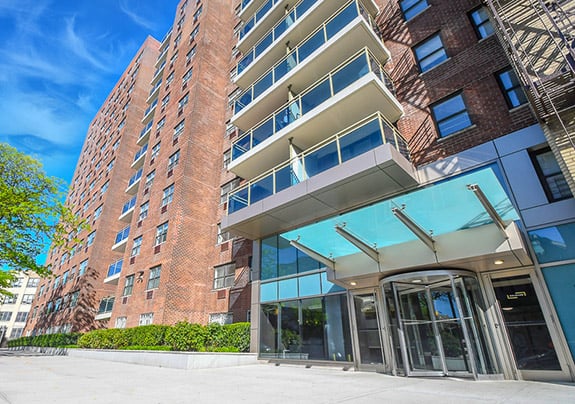In the current world, having a strong and dependable Wireless connection is crucial, particularly in multi-dwelling settings like flats or condominiums. Many individuals depend on the internet for employment, school, and leisure activities. Nonetheless, Wi-Fi signals can struggle to extend to every area of these structures due to multiple barriers. These hindrances can consist of partitions, levels, and other electronic equipment that interfere with the signal. To improve Wi-Fi connectivity and performance in these settings, it is critical to grasp some foundational principles of wireless networking.
One efficient way to boost Wireless operation is by strategically positioning gateways and extenders throughout the property. A middle placement is usually ideal, as it enables the coverage to propagate uniformly in all areas. In spacious multi-unit residences, several repeaters may be necessary. These units assist increase the range of the Wi-Fi network and provide better coverage to residents in different parts of the building. Additionally, deploying equipment that adhere to the current Wi-Fi protocols can result in higher bandwidth and enhanced total performance.

Another important aspect in improving Wi-Fi signal strength is reducing interference from other devices. Most household items, such as ovens and wireless handsets, can disrupt Wi-Fi signals. It is recommended to position routers away from these devices to maintain a clearer signal. Additionally, adjusting the frequency configuration on a router can assist in minimize conflict from neighboring networks. Most devices automatically select the most suitable channel, but manually selecting a less congested one can improve performance.
Periodically updating device firmware is also crucial for maintaining easy mdu internet setup maximum Wi-Fi performance. Vendors frequently issue patches that fix issues and improve protection features. Keeping the software up-to-date guarantees that residents benefit from the most recent improvements and protections against possible threats. Furthermore, tracking network usage assists in identify which endpoints utilize more bandwidth, enabling better management of existing capacity.
Finally, informing residents about proper usage for using wireless networks can greatly improve their performance. Simple measures such as pairing only necessary units, employing wired links when possible, and regularly restarting the router can improve reliability. By creating a community that comprehends how to optimize their network usage, multi-unit top article environments can elevate user experience and ensure that all users enjoys a reliable Wi-Fi connection. This integrated approach of planned placement, reducing conflict, managing equipment, and informing users will result in a more efficient and satisfying Wi-Fi experience for all occupants.